Around the globe, conservationists are employing the latest technological advances to make a difference for people, wildlife, oceans, forests and clean water.
In honor of World Environment Day — a day to raise global awareness to take positive environmental action to protect nature and the planet earth — we offer this list of some of the most useful and inspiring technological advances that are assisting conservation.
-
Artificial Intelligence to Detect Deforestation
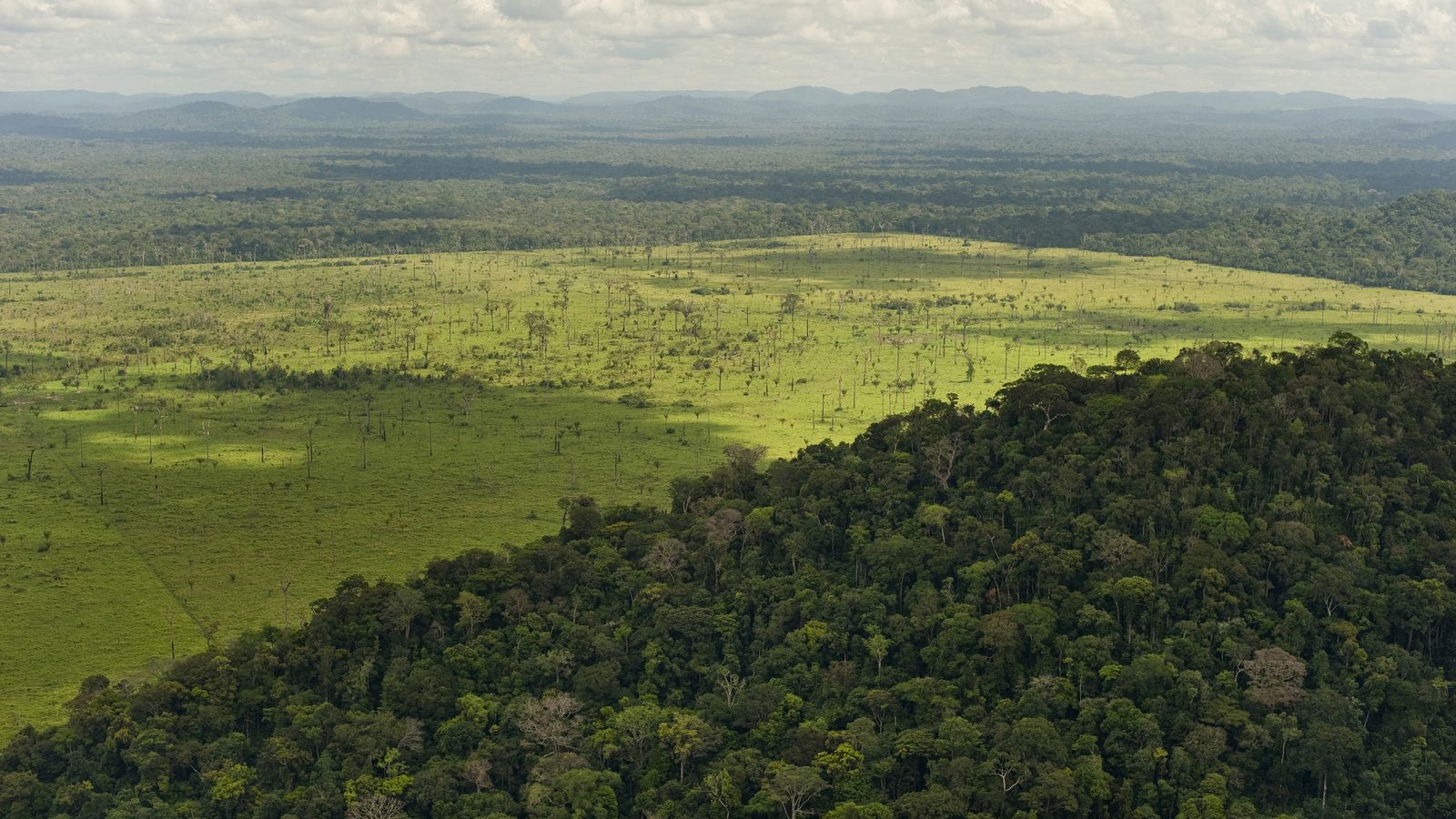
An aerial view showing forest cleared for cattle ranching at São Félix do Xingu. Photo © Haroldo Palo, Jr. How can conservationists monitor forest loss across wide swaths of Latin America? Many governments are turning to Terra-i, an artificial intelligence program that uses real-time rainfall data to predict how green a given habitat should be — and then matches that prediction up against images of the habitat from an Earth-monitoring satellite. Differences in greenness between what is predicted and what is observed — right down to the pixel — suggest habitat conversion by human activity.
The coolest part: Terra-i “learns” as it analyzes, using a neural network to “learn” which actual levels of greenness go with which amounts of precipitation during the year. The result allows conservationists a view of forests and other habitats across an entire continent.
-
Drones
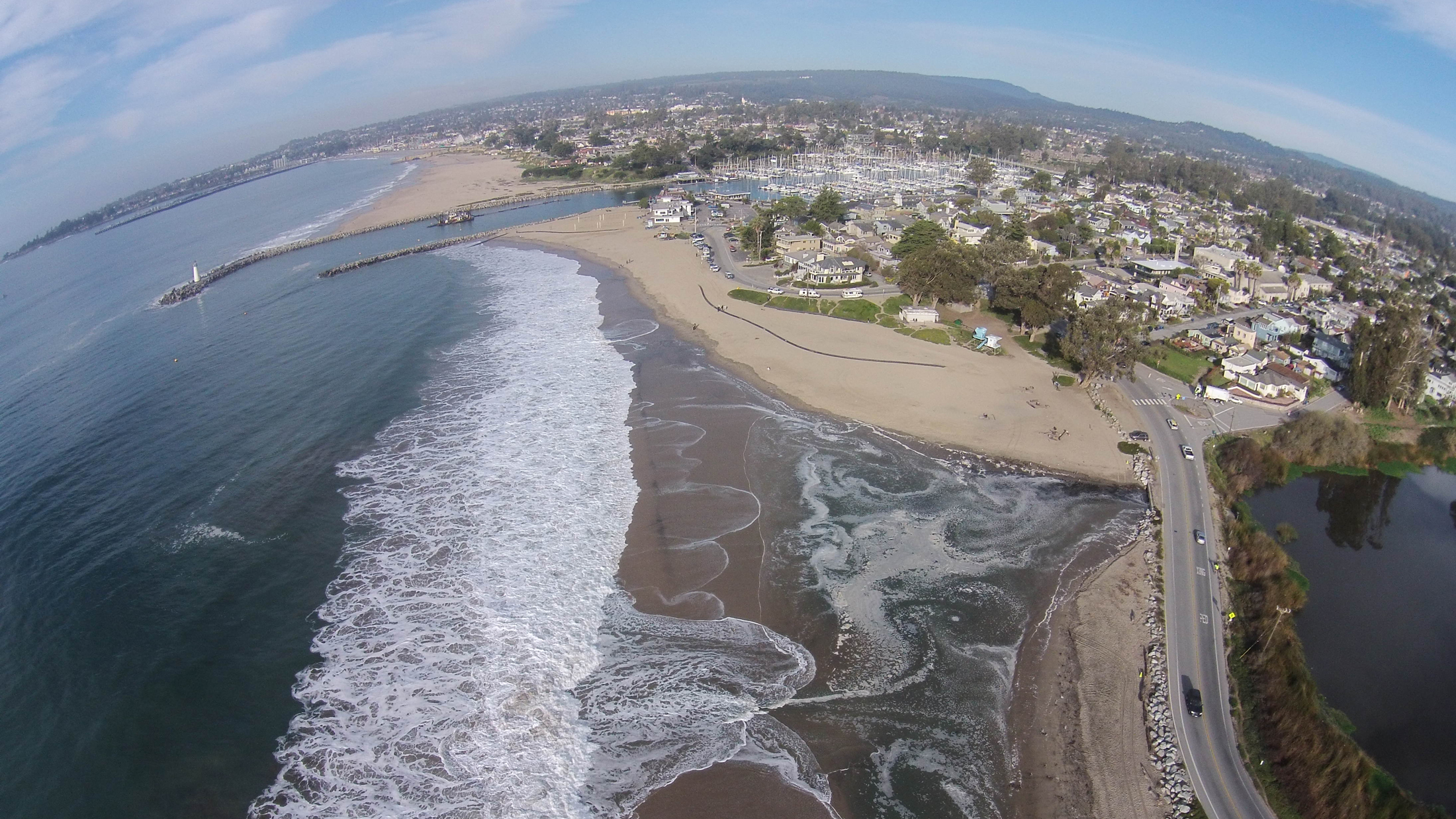
UAV imagery of king tide event at Twin Lakes Beach, Santa Cruz, California. Photo © Matt Merrifield Drones quickly moved from science fiction to something you see hobbyists deploying at the city park. Conservationists were quick to recognize the applications of drones, too. The list of uses is seemingly endless. Drones allow a view of wildlife and habitats that could never have been achieved by simple observation.
From measuring El Nino impacts to monitoring rare vultures in the remote steppe of eastern Mongolia to assessing Caribbean coral reefs, drones have proven themselves to be essential tools for savvy conservationists.
-
Camera Traps
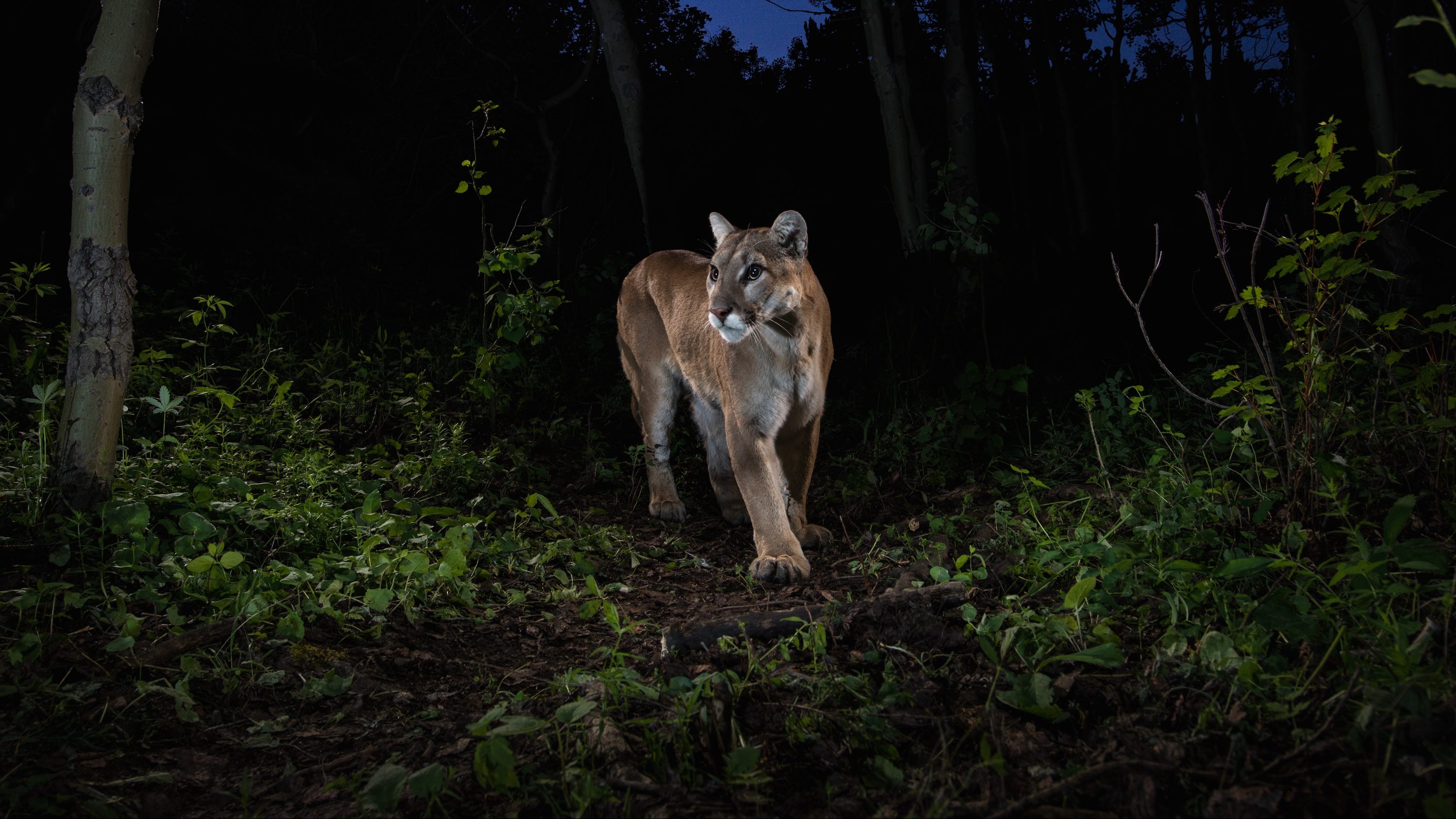
Photo: © Jonathan Armstrong Camera traps have now become so inexpensive and accessible that even backyard naturalists utilize them to keep tabs on the local foxes and raccoons. Conservationists employ them in remote habitats, allowing them to monitor the presence of rare birds and better understand the habits of nocturnal critters.
Camera traps have helped land managers spy on the movements of over-abundant elk and conduct inventories of wildlife roaming on conservation easements. With technological improvements and field savvy, some practitioners capture images that rival the best of wildlife photography. Not convinced? Check out conservation biologist Jonny Armstrong’s stunning camera trap photos.
-
Live Camera Feeds
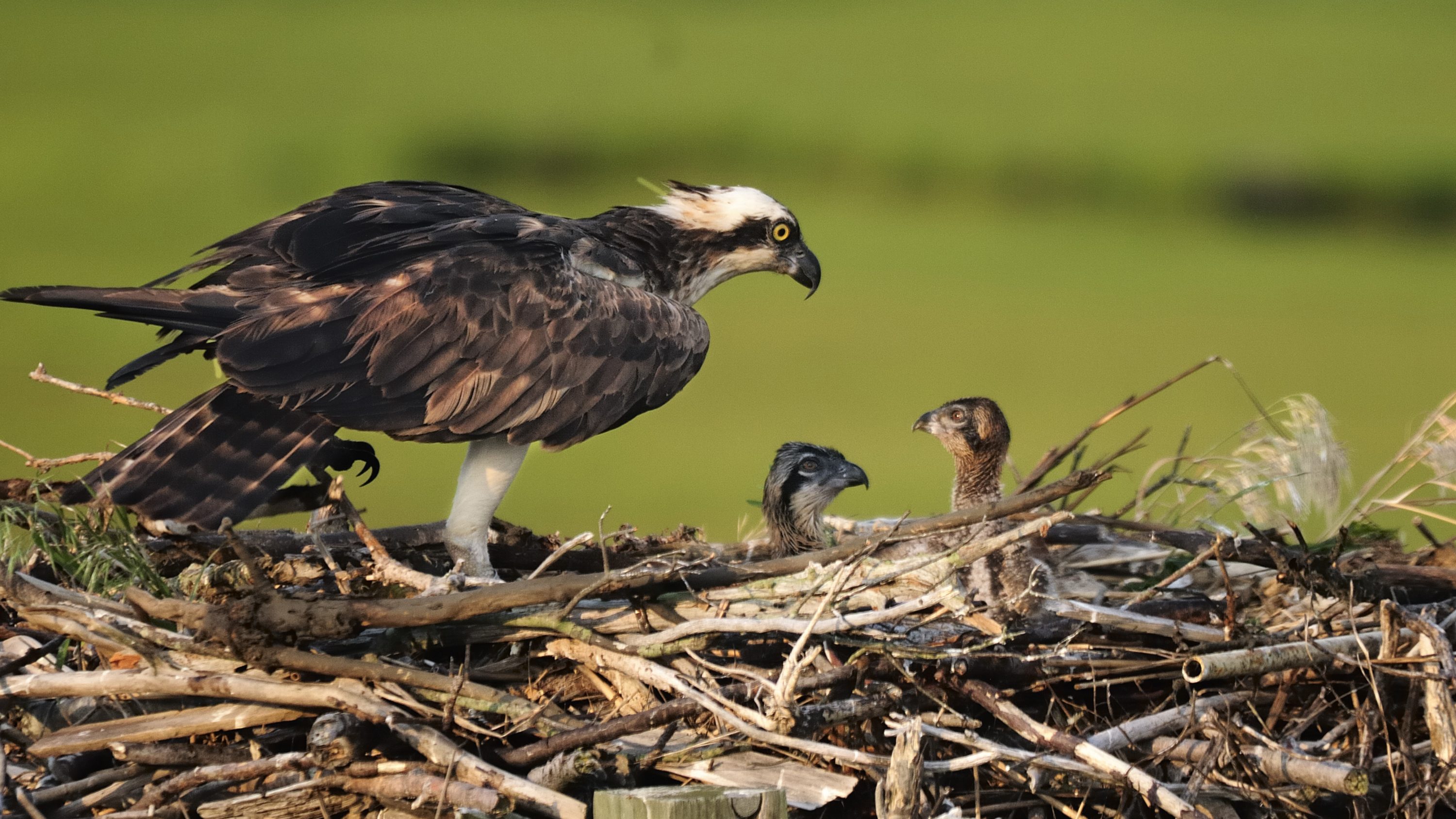
Osprey with chicks. Photo by hjhipster/Flickr through a Creative Commons license. Cameras can also allow naturalists to spy on wildlife while sitting at the computer, a live nature documentary that runs 24/7. These live feeds include everything from African waterholes to salmon streams, but the most popular are undoubtedly bird nest cams.
The primary use of these is to educate the public about the lives of birds, allowing them to see everything from eggs hatching to daily feedings. The Conservancy’s popular osprey cam has been running for four years and continues to attract a host of fans, as do similar nest cams for great-horned owls, bald eagles, peregrine falcons and many others.
There is a downside: this is not Disney, but many viewers don’t make that distinction. People become attached to birds, and are sometimes horrified when chicks die or a raptor brings a dead cat to the nest (yes, this actually happened). An astonishing story in the Washington Post reports that some nest cams are shutting down due to the violent reactions some people have to real life.
-
Bioacoustics
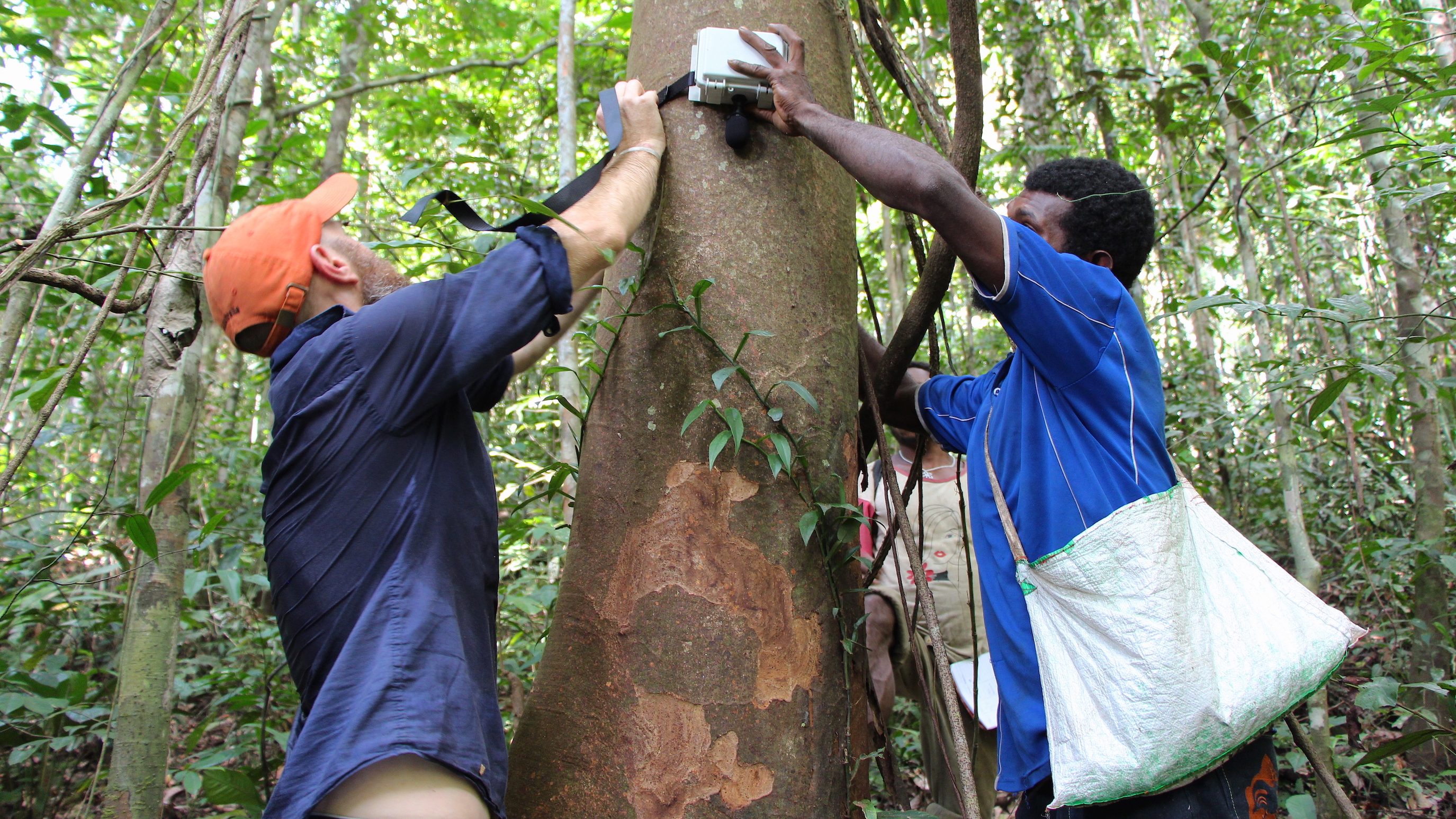
Eddie Game deploys an acoustic sampling recorder in Papua New Guinea. Photo © Justine E. Hausheer / TNC How do you accurately assess biodiversity in a remote, rugged habitat like the forests of Papua New Guinea. The soundscape – the noises of the forest including every squawking bird, chirping insect and peeping frog – holds clues.
Using the latest acoustic monitoring equipment, scientists record the sounds of the rainforest and then analyze them. As Justine Hausheer writes in her in-depth blog on the topic, “Crudely, the more complex and complete the soundscape, the healthier the ecosystem and the greater the biodiversity.”
-
An “Encyclopedia of Ecosystems”
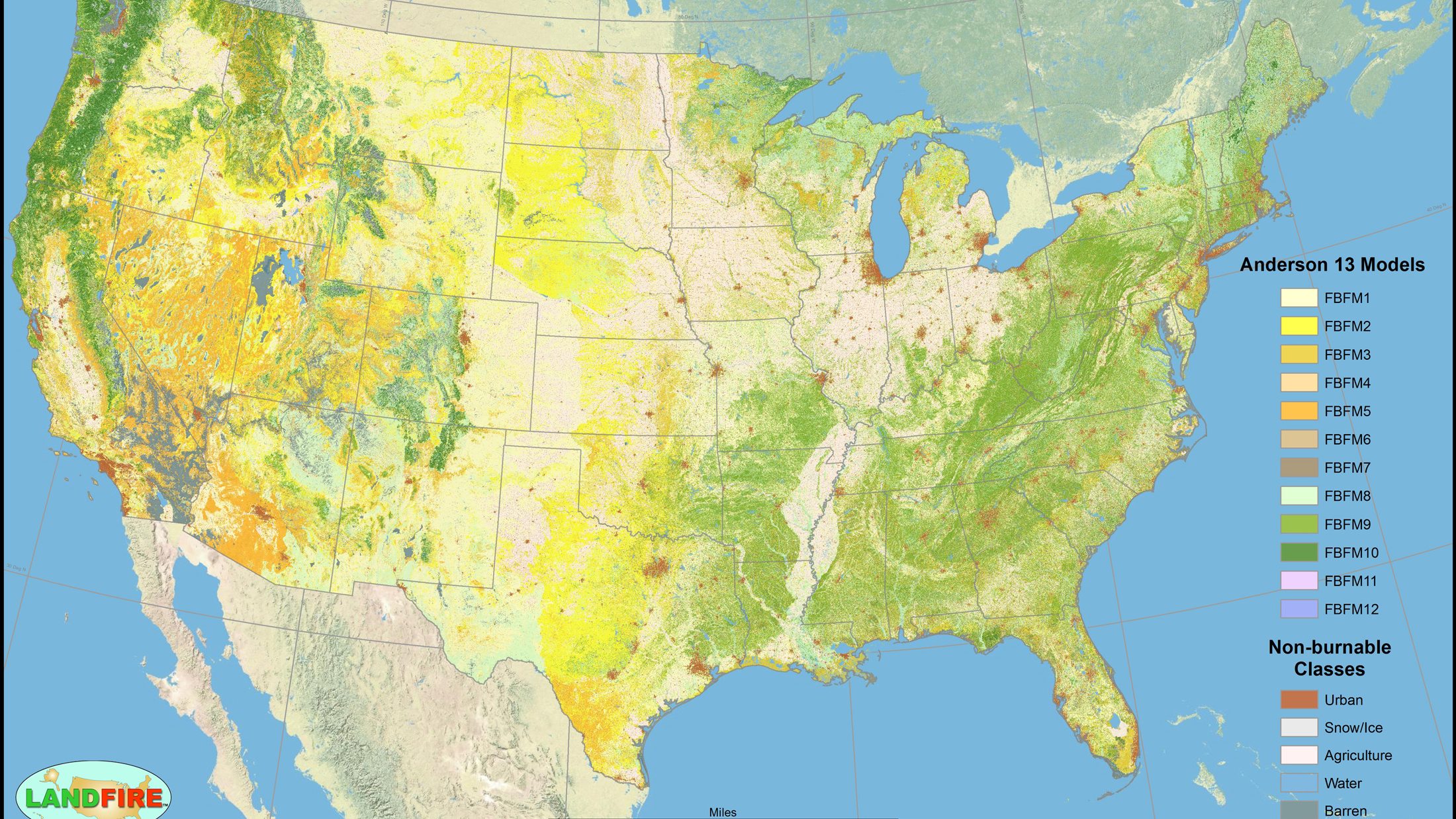
LANDFIRE: 13 Anderson Fire Behavior Fuel Models (FBFM13), U.S. Department of Agriculture and U.S. Department of the Interior. How do conservationists know what a natural habitat looked like before human disturbance – before invasive species, development, fire suppression or logging?
This is not an easy question. Computer models offer the most accurate answer, and few have proven as effective as the Conservancy-led suite of tools known as LANDFIRE. The Conservancy’s first major role in the LANDFIRE project was to describe how all 1,800+ ecosystems in the U.S. looked and worked when functioning “naturally.”
The result was the first national “Encyclopedia of Ecosystems,” and it was initially used to create a dataset called “Vegetation Departure” that compared current conditions for these ecosystems to the “natural” or “reference” conditions.
LANDFIRE has since resulted in a staggering output of maps, and has been utilized for monitoring conditions along the Appalachian Trail, mapping wildland fire potential across the entire country and understanding habitat value for pollinators in California, among countless other applications.
-
Improved Wildlife Tracking
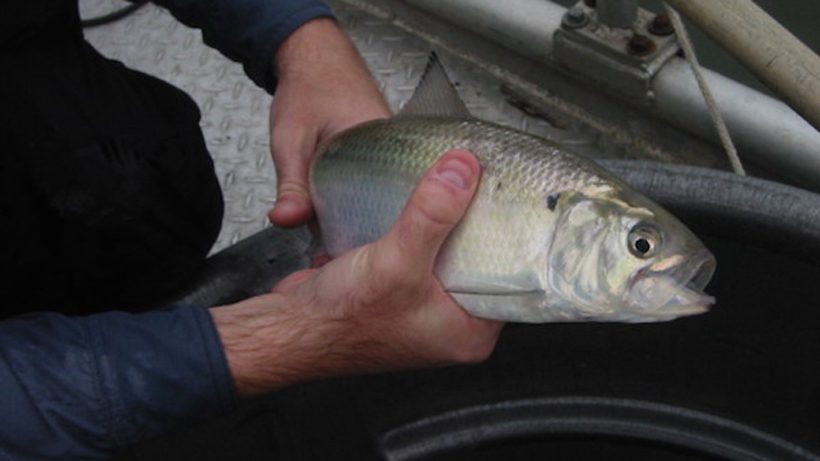
An Alabama shad. Photo: © Steve Herrington Attaching a radio collar to a wild animal is not new – wildlife biologists have been using them for decades. But those early tracking devices were bulky and unreliable.
Today, biologists employ a range of tracking technologies to gather more data and to track a wider range of creatures. Micro-tags are lightweight and allow even tiny critters to be safely tracked. Shad, Atlantic cod, mule deer, sea turtles: the movements of these and other wide-ranging, migratory species are being tracked and monitored. It allows conservation planners to track migrations that have until now been mysteries.
-
Mapping Forests with Lasers
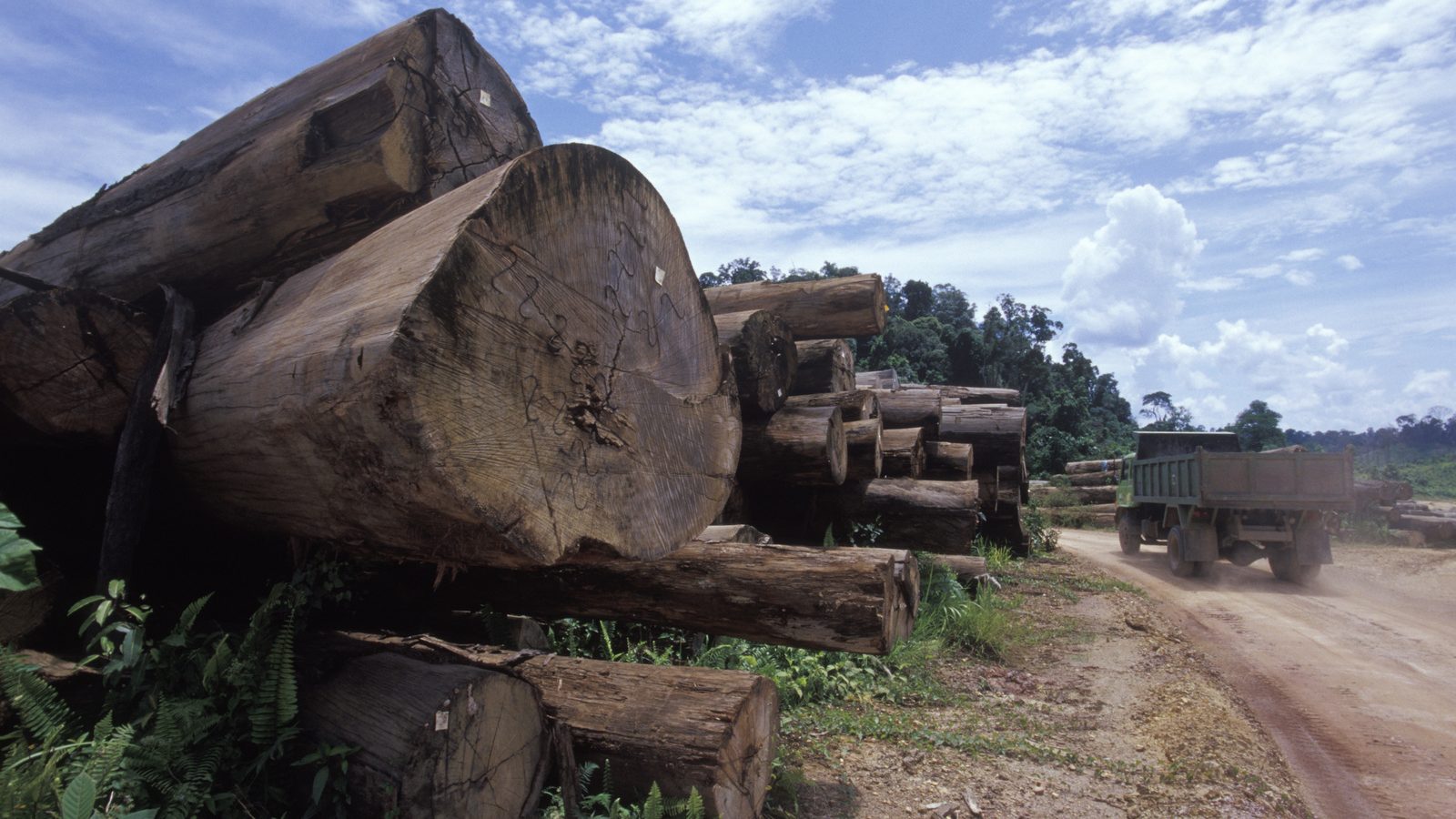
A log yard fills a large field near the village of Long Gi, East Kalimantan. Photo credit: © Mark Godfrey / TNC New research from Nature Conservancy scientists demonstrates that lidar — a way of remotely mapping forests with lasers — is an effective and accurate tool to measure the effects of reduced-impact logging in Indonesia. It’s still not as cost effective as traditional ground-based monitoring.
The process involves a specially equipped airplane flying over a tract of forest, beaming down pulses of light and measuring the amount of time it takes for those pulses to bounce off the vegetation and return to the airplane. The costs associated with the airplane and technology make it expensive, but if those costs come down, it could be an incredibly useful monitoring tool for conservationists.
-
DNA Analysis
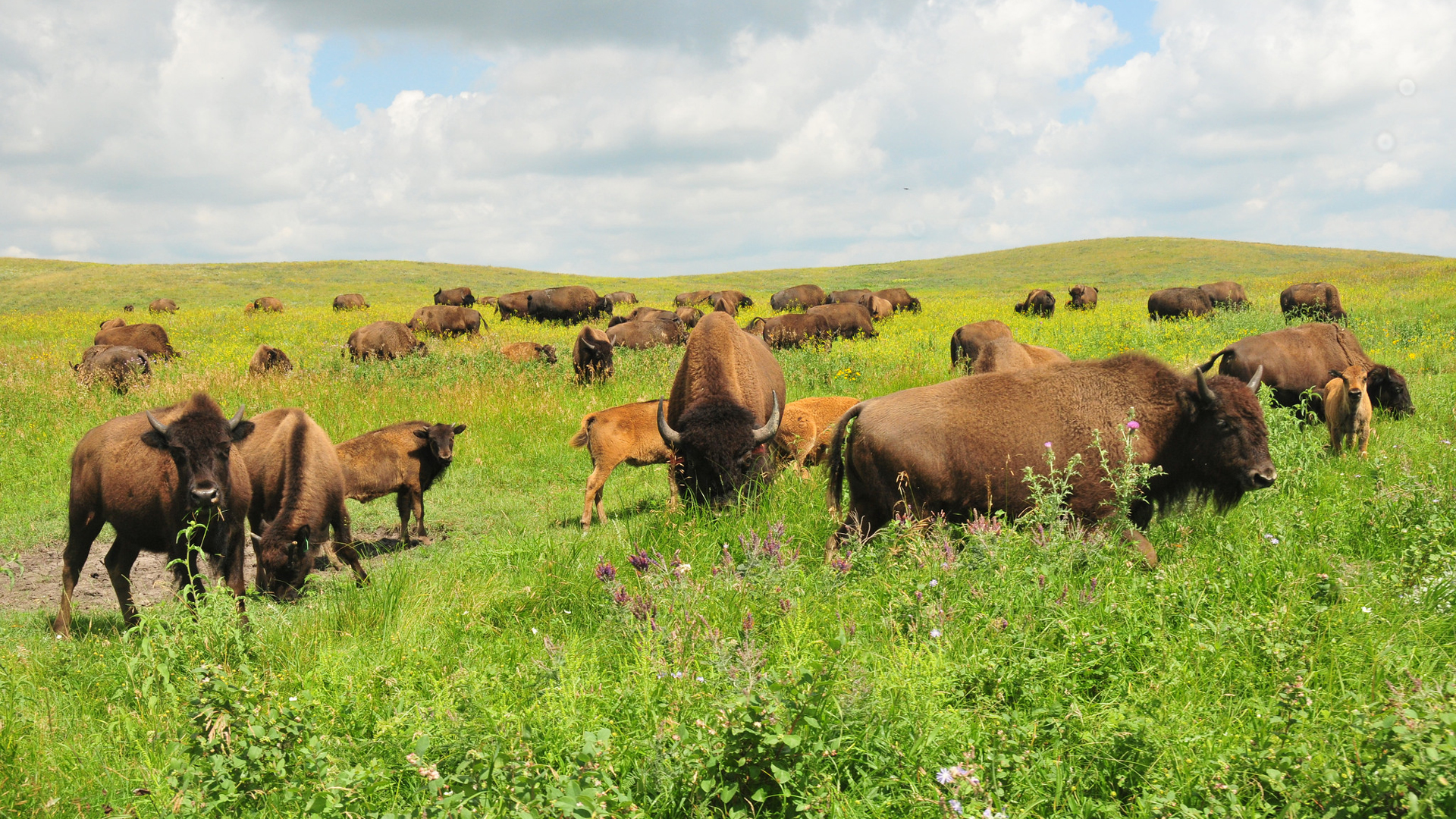
Bison graze on Ordway Prairie, owned and managed by the Nature Conservancy. The site has a USFWS grassland easement protecting it in perpetuity. Photo © USFWS Mountain-Prairie/Flickr DNA doesn’t lie. And the techniques to analyze DNA have come a long way in the past decade, allowing conservationists to better analyze everything from wildlife diets and population genetics.
The results have shaken conventional wisdom. To give a small taste of recent surprises:
Bison, once thought to be exclusively grazers that focused on grasses, actually eat a much wider range of prairie plants.
Eastern wolves, once thought to be hybrids of wolves and coyotes, have now been shown to be a separate species (but wolf-coyote hybrids also roam in many eastern U.S. states).
DNA analysis will become increasingly important for conservationists, who use it for everything from understanding the diverse diets of East African herbivores to identifying the tick species carried by migratory birds.
-
Citizen Science (Yes, That Means You)
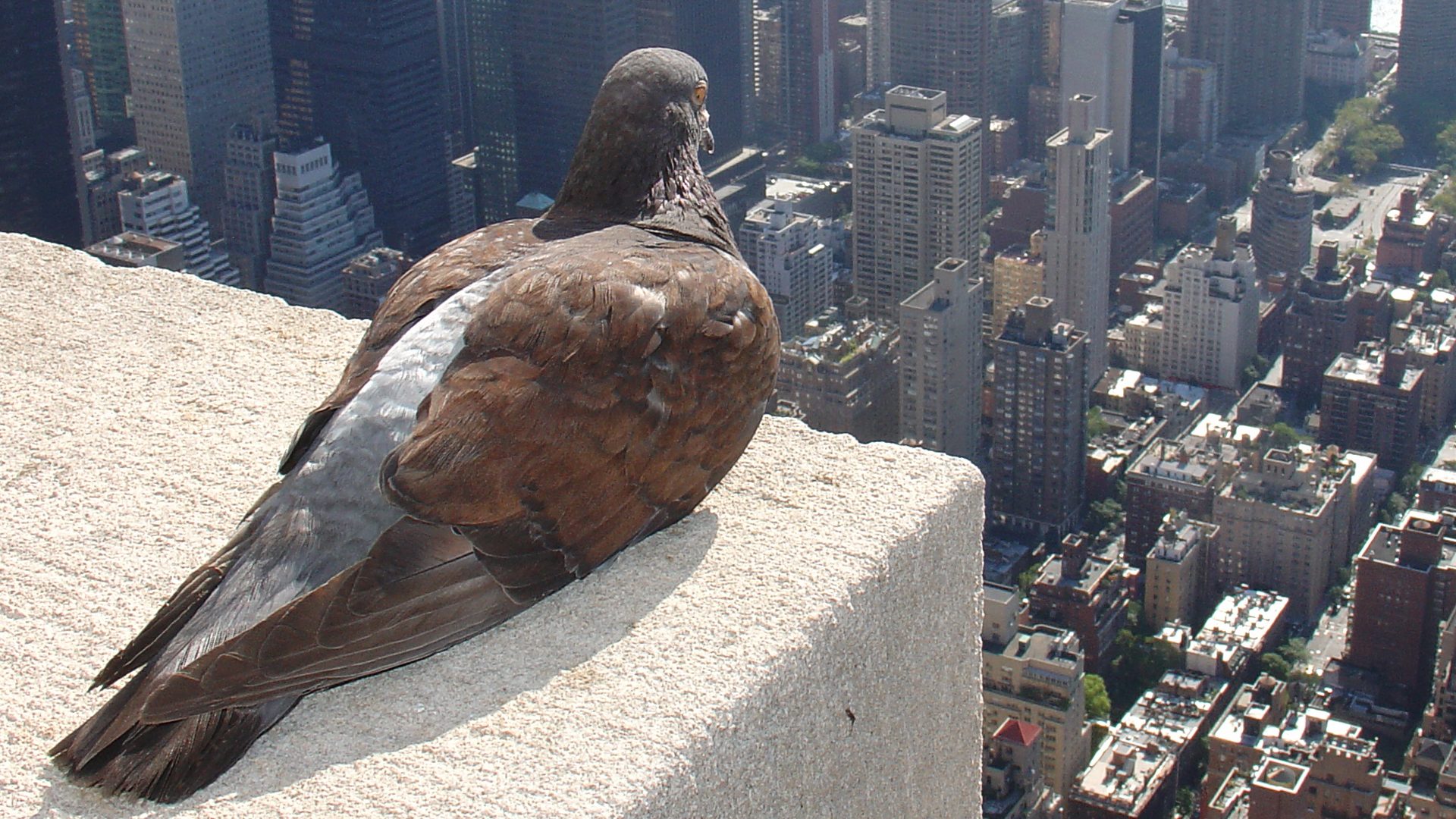
A pigeon looks out over New York from the Empire State Building. Photo by ZeroOne/Flickr through a Creative Commons license. One of the most useful innovations in conservation science is you – harnessing your observations and your skills to provide useful data.
And you don’t even have to leave your computer. Scientists also need help sifting through the data (often gathered by one of the other tools listed in this blog). You can check out camera trap images from Africa, or transcribe natural history notes from old field journals.
Apps and online communities make sharing data easier than ever before. You don’t have to be a technical wiz to help save the planet — just get outside and start looking.
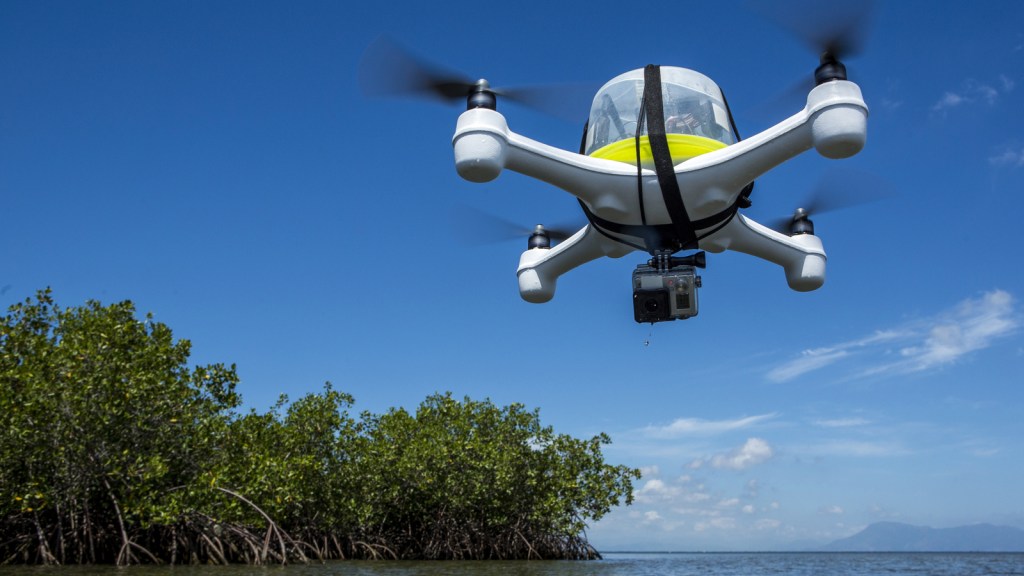



Very impressive and educational.
How about including smartphone-based GIS mapping software in your list of innovations? Maybe this should be included in the citizen-science category?
how is this good for animals?
One time at my school there was a kid trying to look at this bear with a drone and it frighted the bear
Hi Kai — We’re always sad to hear about stories where people frighten animals with drones. And you’re right that it’s not good for any animals to be startled or, even worse, harassed by people with drones (or people trying to take selfies, for that matter). For TNC scientists, there are protocols and rules in place about where and how they may use drones to study animals, and how high they fly them in different areas and different conditions. A few scientists I’ve spoken to about drones think one of the reasons it startles certain animals (like bears and bison) is because the noise it makes sounds like a swarm of hornets.Thanks for taking the time to read our stories. It’s important that people speak up to help protect animals and we appreciate your comment. Thanks! Cara
This types of Information is very fruitful for conservationists and educationists.
Studies of bird impacts inclusing nesting disturbance are needed before concluding that the introduction of drones into thousands of previously human undisturbed avian airspaces is a good idea. I recall reading that a single low helicopter bypass can cause abandonment of an entire rookery for the season.
I stumbled my way to your blog and I am glad I did. You have sparked my interest.
Thank you!
Budaya dalam kehidupan.setiap uwilayah masing masing.saling berbedabeda keindahan.dan seniman dalam dunia nyata.